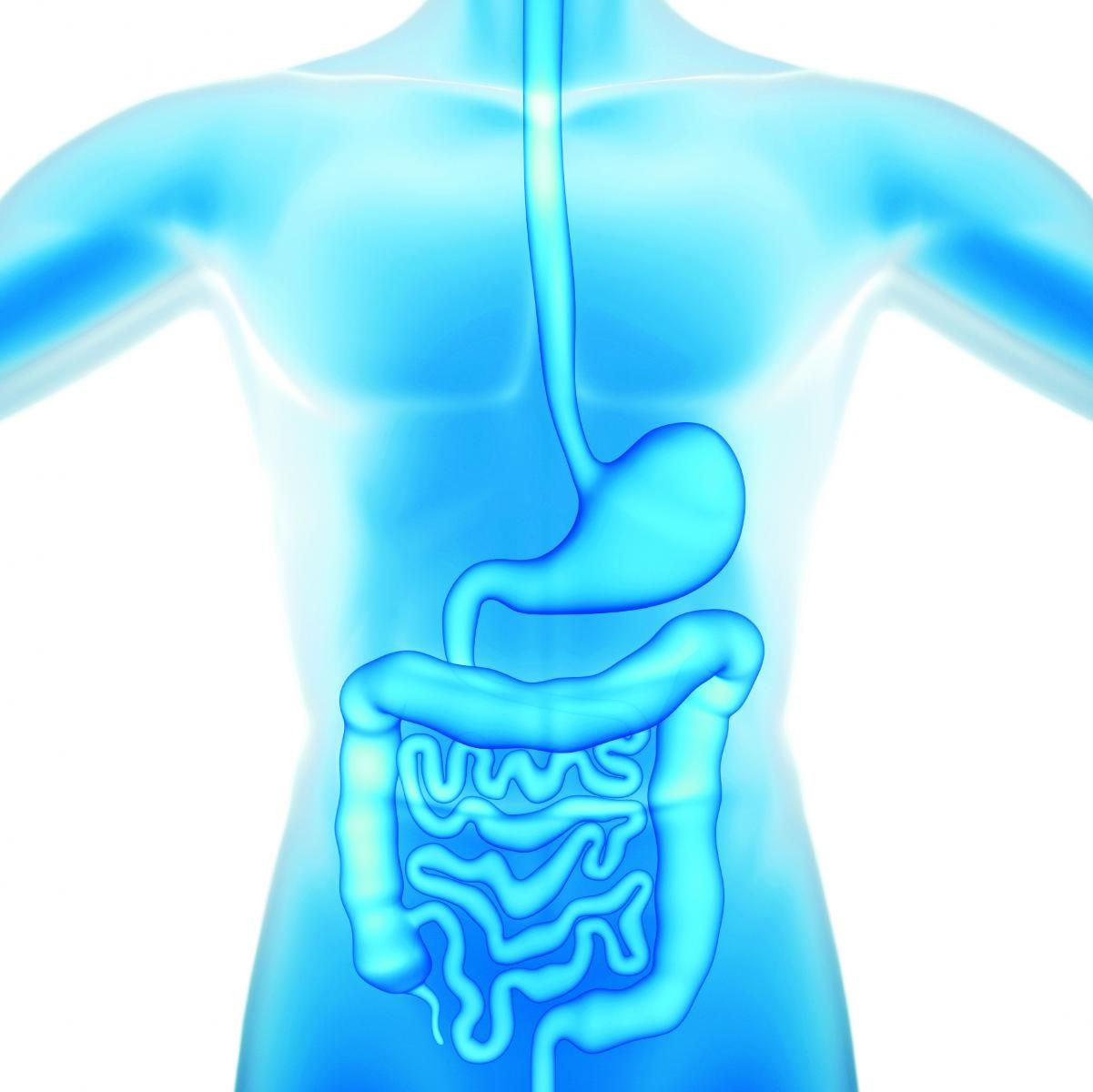Global Probiotic Trend Update
Keep your eye on expected performers as well as the unexpected, such as opportunities in oral care and household cleaners, says Mintel.

At April’s Ingredient Marketplace trade show, Lynn Dornblaser, director, Innovation & Insight, Mintel International, provided a significant overview of current global trends in the probiotics. Here’s some of what she discussed.
Expected Leaders
The leaders in terms of product types, categories, and players are no big surprise.
Food across the board drives the market, largely first by drinking yogurts (mostly in Europe and Asia) and spoonable yogurts. Dietary supplements are the next highest category after food, followed by personal care, drinks, pet products, and, to a very small extent, household items.
Regionally, Europe and North America own the largest probiotic product market share at 33% and 32%, respectively, followed by Asia Pacific (24%), Latin America (7%), and the Middle East and Africa (4%). In North America, much growth is driven by the Greek yogurt segment.
The two probiotic giants are still Danone and Nestlé. Outside of those two market leaders, the rest of the playing field is fragmented, Dornblaser said, meaning “there are a lot of companies out there with products that contain probiotics of one sort or another.” One trend she did note is that many private-label store brands carry their own probiotics products, including Kroger, Aldi Group, and Woolworths in Australia.
Again, dairy products dominate the probiotic category at 71%, followed by baby food (10%), supplements (5%), pet food (4%), desserts and ice cream (2%), and “all other categories” (8%).
Consumer Awareness: Probiotics, but not Synbiotics
Consumers today do seem to understand the role probiotics play in good health-a shift, Dornblaser said, from four years ago, when awareness lagged. Mintel data show that 27% of U.S. consumers now say that probitoics are a factor in determining their yogurt purchases and that 20% of U.S. consumers say they regularly include probiotics in their diet.
What consumers still don’t grasp well is the concept of synbiotics, she said. Synbiotics is the combination of probiotic and prebiotic ingredients in formulation, with prebiotics helping to nourish the good probiotic bacteria. Instead of referring to prebiotics by their industry term, marketers generally refer to prebiotic content as fiber-an ingredient that consumers do strongly embrace. So, she said, you're more likely to see claims of a product containing “fiber plus probiotics.” Taking this approach, the number of synbiotic product launches is growing, she said. There is also strong potential in incorporating prebiotics in existing fiber-rich foods, she added.
Product Attributes
Besides the expected health claims for immunity and digestive health, marketers are also focusing on the overall “goodness” messaging of probiotics for health.
Marketers are also “bolting on additional benefits as they’re talking about the probiotics,” Dornblaser said, including talking about a product’s fiber content, as mentioned, as well as added nutrients like vitamin D.
Other claims relate to rejuvenation and sustained energy, and in beauty products, claims relating to probiotics tend to focus on hydration and “strengthening skin,” she added, talking about “probiotics as defending against environmental aggressors.”
Marketers are also catering to specific consumers within supplements-for instance, a probiotic-containing dietary supplement specifically targeting travelers to help keep their digestion regular. Other target areas include women’s vaginal health and products that help prevent diarrhea.
Emerging Possibilities
Two small-but-emerging categories to watch are cleaning products and toothpaste. The first probiotic-containing toothpaste launched in China, claiming to help kill bad bacteria in the mouth and freshen breath. And probiotics are starting to show up “ in a small way” in surface cleaners. These probiotic-containing products claim to use good bacteria to combat bad bacteria.
In conclusion, she said, “I think there’s a lot of opportunity to continue to build on what consumers already know and to build on the degree to which they already trust probiotics and understand at least to a certain degree what they do.”
Also, she advised, companies should focus first on promoting the benefits of probiotics rather than focusing on the science, “because as you know in the U.S. market, mainstream consumers are a bit science-phobic, so if you can help them understand what the benefits are and what it will do for them, that probably will resonate better.”
Jennifer Grebow
Editor-in-Chief
Nutritional Outlook magazine
jennifer.grebow@ubm.com
Photo © iStockphoto.com/iLexx





